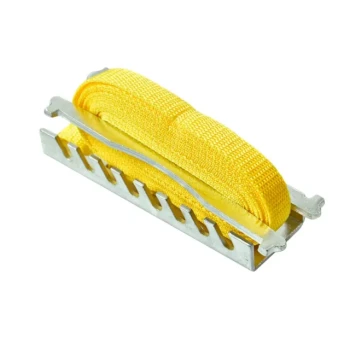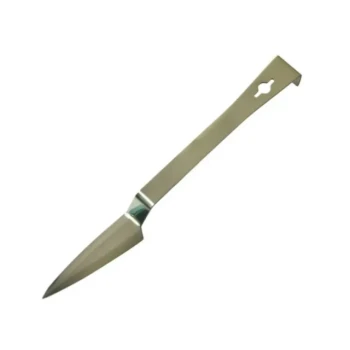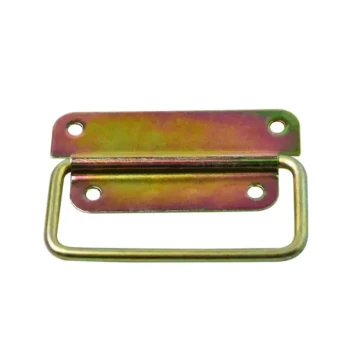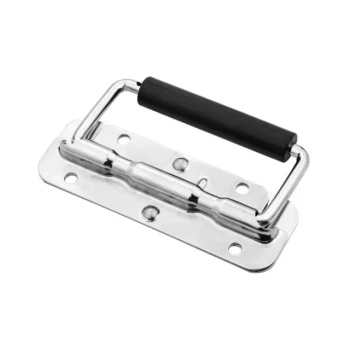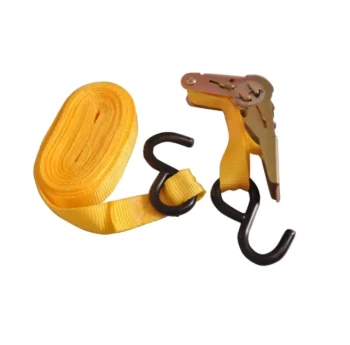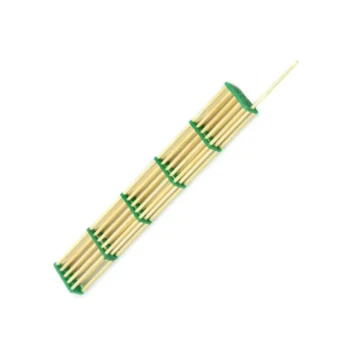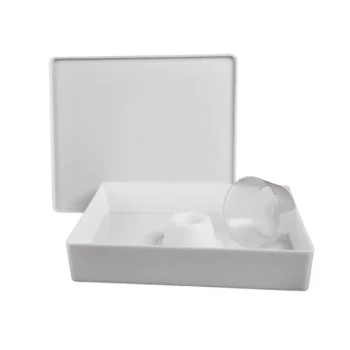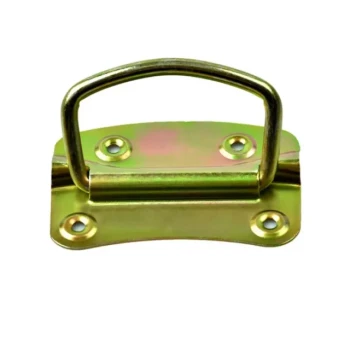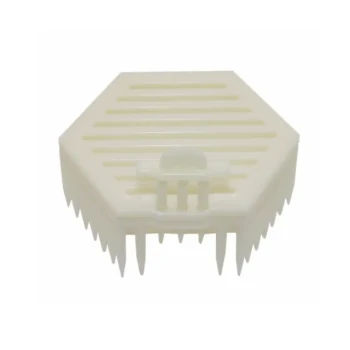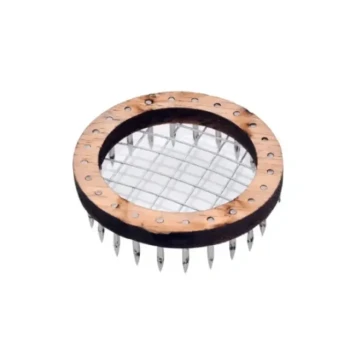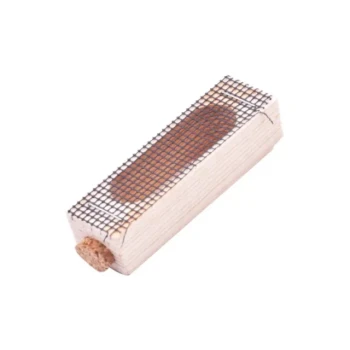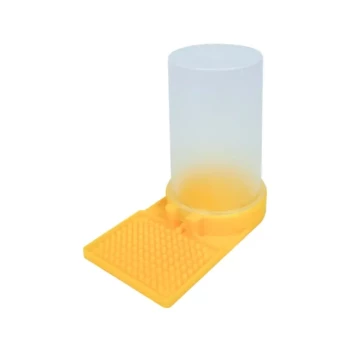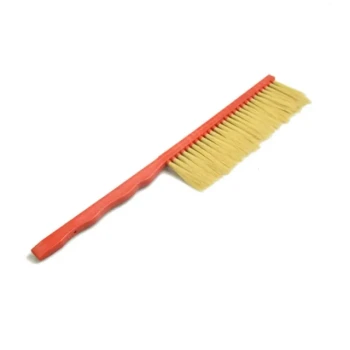The definitive answer on beehive insulation is that it is not universally necessary, but it is highly beneficial in specific contexts. Its value depends entirely on your local climate and the goals you have for your colony. For bees in colder regions, proper insulation is a critical tool for survival; for those in warmer areas, it can be unnecessary or even detrimental if applied incorrectly.
The purpose of hive insulation is not to "heat" the bees, but to help them create a stable, dry microclimate. This reduces the energy they must expend to manage temperature and moisture, leading to lower food consumption and better overwintering success.
Why Insulation is Misunderstood
Many beekeepers think of insulation in human terms—as a way to make a space warm. However, a honey bee colony generates its own heat. The true challenges are temperature volatility and moisture management.
The Real Goal: A Stable Microclimate
Bees use energy to maintain the cluster temperature. Rapid drops in outside temperature force them to consume more honey to generate heat.
Insulation acts as a buffer, slowing down heat transfer. This means the hive's internal temperature remains more stable, regardless of sudden outside changes, reducing stress and energy use for the colony.
Combating Condensation
Condensation is a major threat to a wintering colony. The warm, moist air produced by the bee cluster rises and condenses on cold surfaces, like the inner cover.
This cold water can then drip down onto the bees, chilling and killing them. Insulation keeps the interior surfaces of the hive warmer, above the dew point, which prevents this condensation from forming in the first place.
The Impact on Honey Stores
A colony that constantly burns energy to stay warm will consume its winter honey stores much faster.
By reducing the energy needed for thermoregulation, an insulated hive allows the bees to conserve their food reserves. This significantly increases their chances of survival and helps them emerge stronger in the spring.
Understanding the Trade-offs and Risks
Applying insulation without understanding the principles can cause more harm than good, which is why some beekeepers are hesitant to use it.
Trapping Moisture is the Biggest Danger
The most common mistake is creating a sealed, airtight box. If the insulation material is not breathable or if the hive lacks proper ventilation (typically an upper entrance), moisture from the bees' respiration gets trapped.
A damp hive is a death sentence. It promotes mold, disease, and puts severe stress on the colony. Ventilation is a critical partner to insulation.
Overheating in Warmer Regions
In locations with mild winters or hot summers, insulation can prevent the hive from shedding excess heat.
This forces the bees to expend energy fanning and bearding to cool the hive, defeating the primary purpose of reducing their workload. In these climates, focusing on shade and ventilation is far more important.
Making the Right Choice for Your Apiary
Evaluate your specific conditions to determine the correct approach for your hives.
- If your primary focus is survival in a cold climate: Insulation is a non-negotiable tool for reducing colony stress and conserving vital honey stores.
- If your primary focus is managing a temperate climate: Insulation is beneficial for preventing condensation and buffering against sudden temperature drops, but must be paired with good ventilation.
- If your primary focus is beekeeping in a warm or hot climate: Insulation is likely unnecessary and could cause overheating; your efforts should be on providing ventilation and shade.
Ultimately, viewing insulation as a tool for environmental stability, not just warmth, is the key to using it effectively.
Summary Table:
| Climate Scenario | Is Insulation Recommended? | Key Goal |
|---|---|---|
| Cold Climate | Yes, highly beneficial | Survival, reduce stress, conserve honey |
| Temperate Climate | Beneficial with ventilation | Prevent condensation, buffer temperature swings |
| Warm/Hot Climate | Usually not recommended | Prioritize ventilation and shade |
Ensure your apiary's success with the right equipment.
Navigating hive insulation is just one part of effective colony management. At HONESTBEE, we supply commercial apiaries and beekeeping equipment distributors with the durable, wholesale-focused supplies needed to build resilient operations. From ventilation components to full hive systems, our products are designed to support bee health and your bottom line.
Let's discuss your specific climate challenges and operational goals. Contact our expert team today to get tailored solutions for your beekeeping business.
Visual Guide

Related Products
- Professional Galvanized Hive Strap with Secure Locking Buckle for Beekeeping
- HONESTBEE Professional Long Handled Hive Tool with Precision Cutting Blade
- Professional Drop-Style Hive Handles for Beekeeping
- Premium Comfort Grip Spring-Loaded Hive Handles
- Endless Loop Ratchet Hive Strap
People Also Ask
- What is the advantage of using cam buckle straps? Secure Your Load Fast with Simple, Safe Tensioning
- What is the best length for straps used around beehives? Why 12 Feet is the Industry Standard
- What are the types of Emlocks available? Choose the Right Strap for Hive Security
- What are hive straps and why are they used? Secure Your Hives Against Wind, Predators, and Transport
- Why are hive straps important for beekeepers? Secure Your Hives Against Wind, Predators & Transport
